Memory care facilities often struggle to find a way to keep patients with dementia from eloping – leaving the facility unsupervised. Paul Goldense of Goldense Building Products just asked me about this application, and then I found this photo sent by Ken Grayling of ISE Ltd:

In case you’re getting ready to point out that this may not be the egress side (no exit sign) or that it appears to have a lock on it so it may be the access side, I am only using the photo as an example of what Paul Goldense described to me – an adhesive-backed mural of a bookcase covering the egress side of an egress door in a memory care unit.
For those of us concerned with egress requirements, disguising the egress side of a door is a questionable method of preventing elopement, since egress doors must be readily distinguishable. As of the 2009 editions, both the International Building Code and NFPA 101 – The Life Safety Code include provisions for locking doors on these health care units (and others) using fail safe locks. There are several criteria that must be met (outlined in this article) in order for fail safe locks to be used. Here’s another blog post that I wrote about this issue.
As I researched the use of disguised doors in memory care units, I found that this is not an uncommon practice. Here are links to some of the information I found:
Healthcare Interpretations Task Force (includes the examples below on page 16)
And some other examples of disguised doors (click the image to go to the image location site):
What do you think? Should disguised doors be allowed in memory care units?
You need to login or register to bookmark/favorite this content.


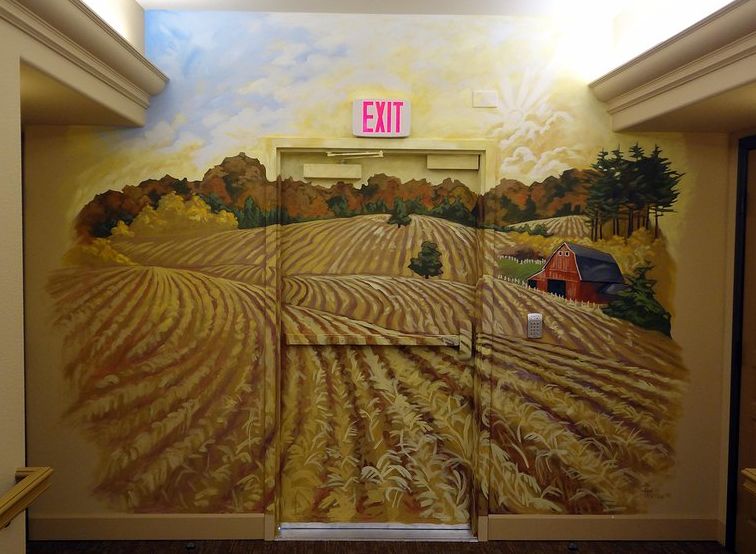

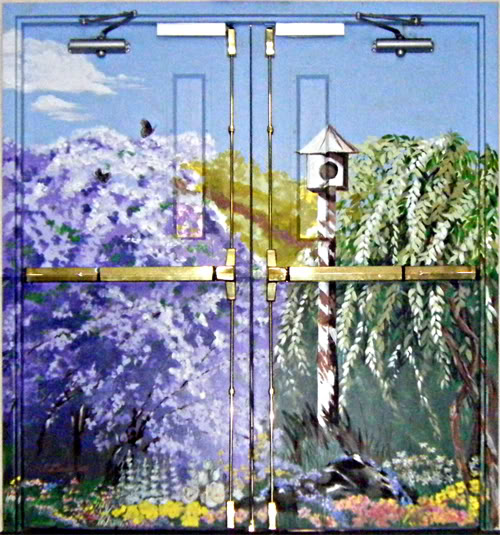
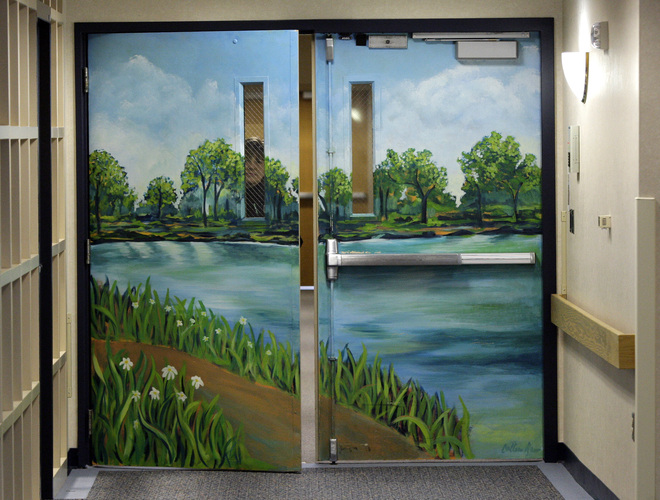
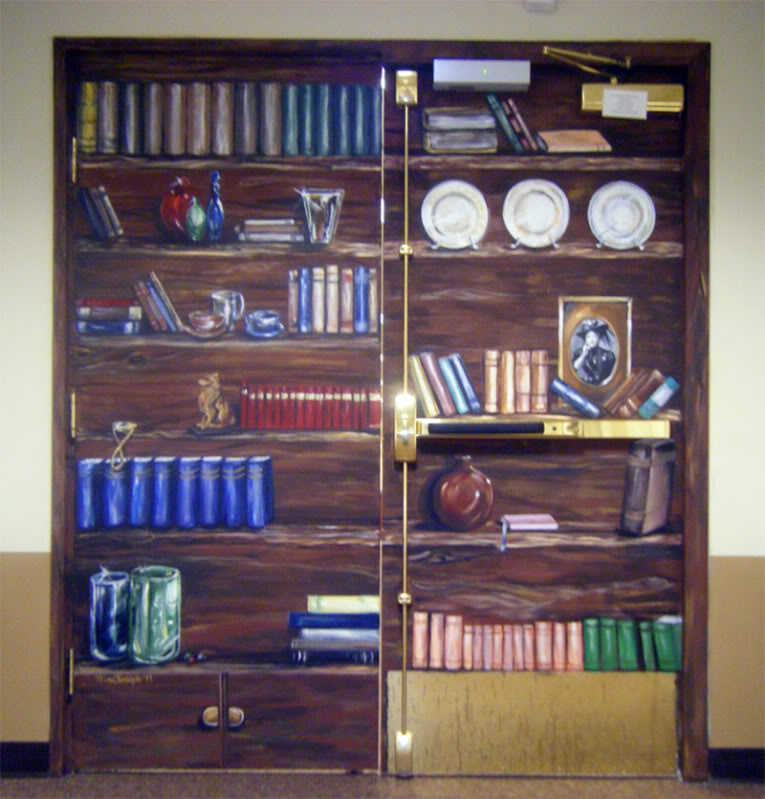
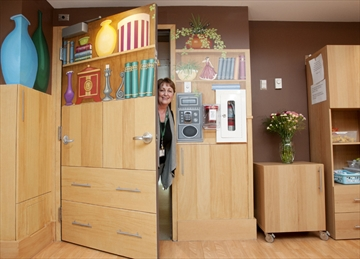



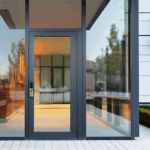

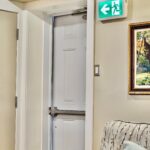
No there are other code methods to handle the concern
There is another good solution that has had some success in Europe that doesn’t involve disguising doors: http://www.theiacp.org/Fake-Bus-Stops-For-Alzheimers-patients-in-Germany
At least it’s code-compliant!
In America, this won’t work except in highly urban areas where the citizens actually ride busses. Even then, staff would need be assigned to watch the bus stops to see if patients actually went there.
The concept is to make a living situation safe for the Alzheimer’s patients, which should not include allowing excursions outside the facility. Bus stops are not a very safe location even for healthy folks.
I believe that the special locking arrangements referenced in the article “Special Egress Locks in I-2 Occupancies” are based on the special locking code section developed by the North Carolina Division of Health Service Regulation. This provision was an addition to the IBC since the 2002 code edition.
As far as the beautiful pictures over the egress doors, this is a patent violation of codes.
No, anything misleading should not be considered. Nothing that diminishes the ability of a person to identify an exit in an emergency should be considered.
The model codes provide ample opportunity to alarm and delay the operation of an exit door so that responsible staff can respond to and deal with the situation.
At my mom’s nursing facility they have code activated doors and I have seen circumstances where they have definitely warranted this while visiting. My main concern is outsiders and the ease of getting in. They simply push a button and they have access to an entire nursing home full of elderly or physically handicap patients.
I brought up the concern to the Administrator and have yet to hear back. I think I will have to gently approach this. Neither of the two exit/entrance doors are in plain view of staff.
I think that’s definitely worth bringing up!
– Lori